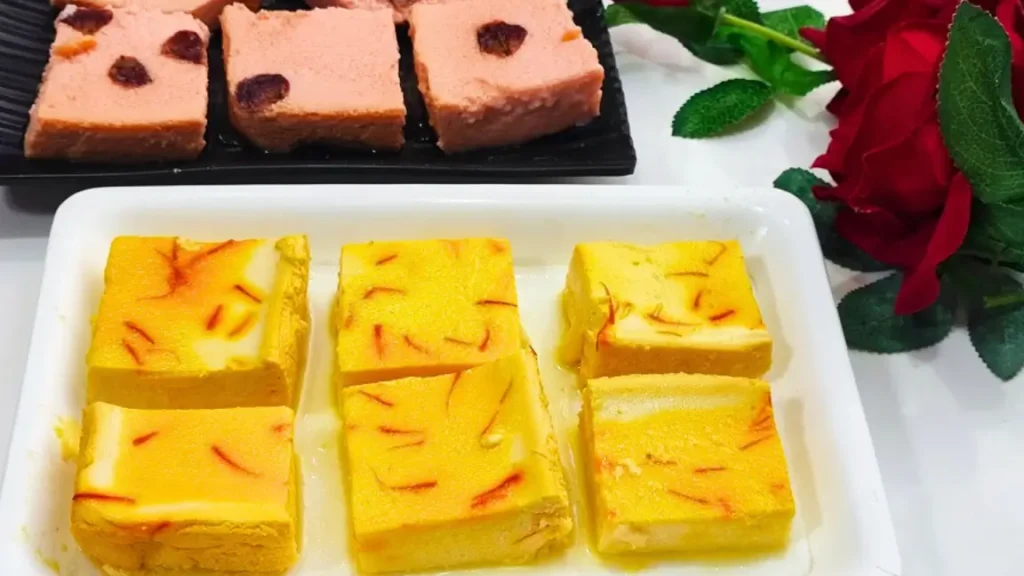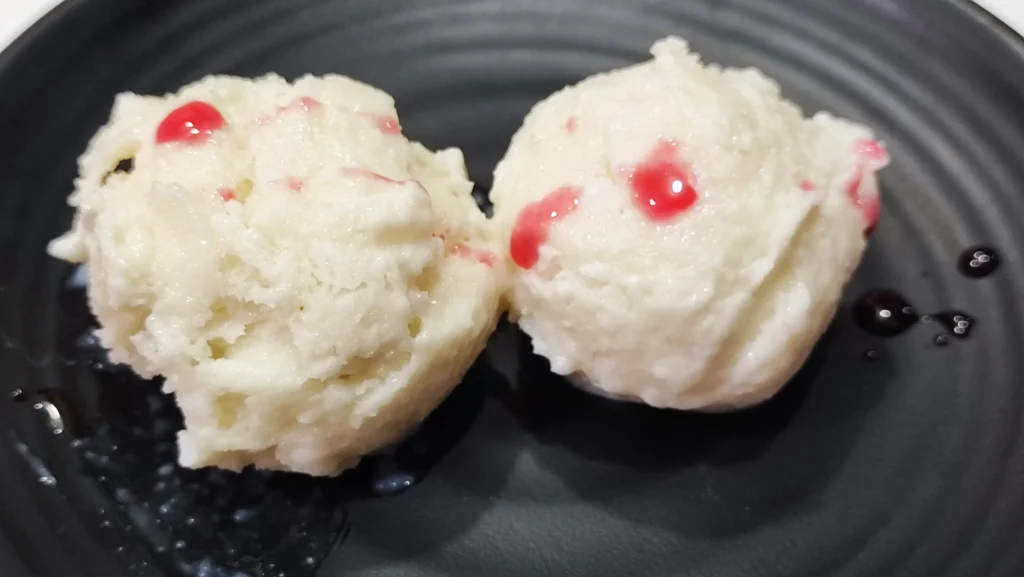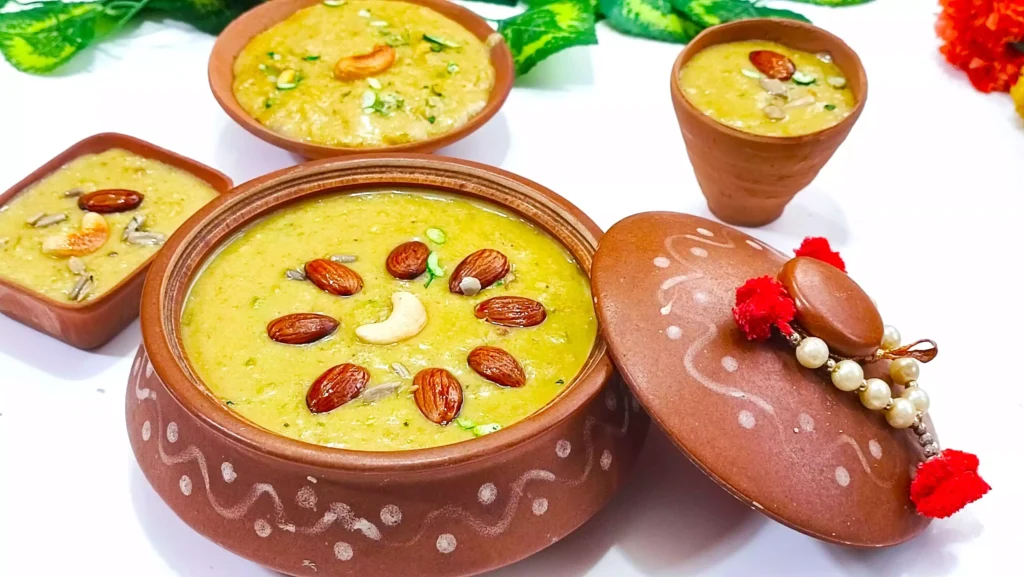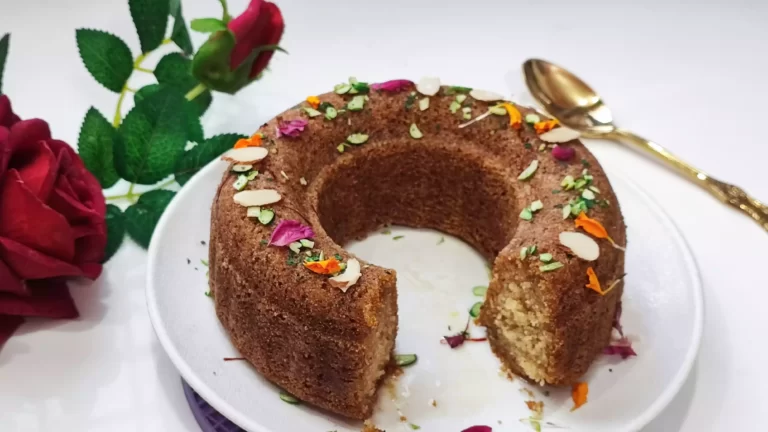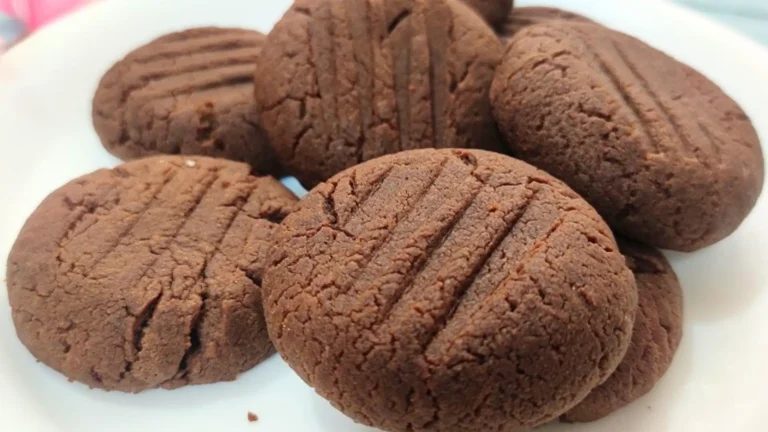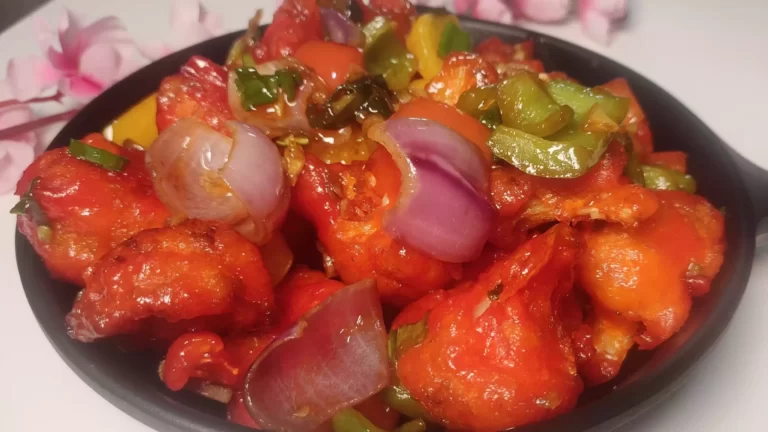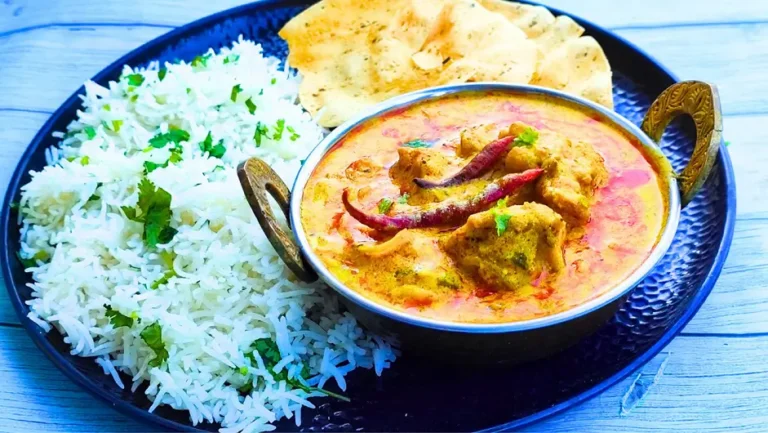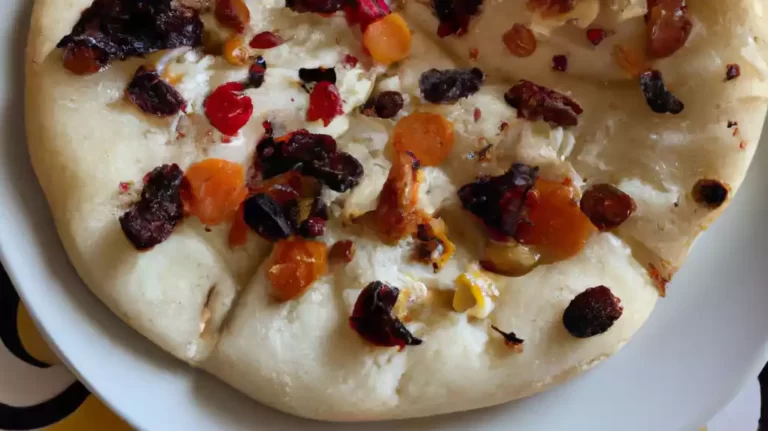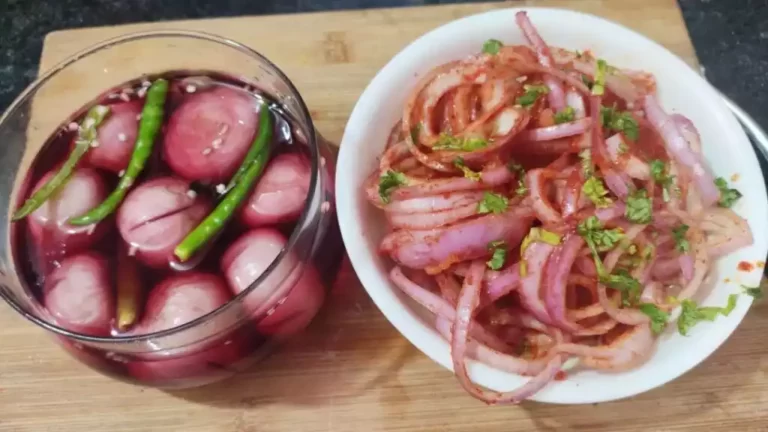Balushahi, also known as badushah, is a popular Indian sweet that is traditionally associated with the state of Bihar, but is now enjoyed all over the country. It is a round, deep-fried pastry that is coated with a thick layer of sugar syrup, giving it a crispy exterior and a soft, chewy interior. Balushahi is often served at weddings and other special occasions, and is a staple of many Indian festivals.
One of the best things about this indian sweet is that it is relatively easy to make at home. All you need is a few basic ingredients and a little bit of time.
One of the main ingredients in balushahi is flour, which is mixed with ghee (clarified butter) and water to form a dough. The dough is then rolled into small balls and deep-fried until golden brown. Once the balushahi are cooked, they are soaked in a sugar syrup made from sugar, water, and a pinch of saffron or cardamom for flavor. The syrup gives the balushahi its characteristic sweet taste and glossy appearance.
Origin
The origin of balushahi can be traced back to ancient India, where it was known as “vadai,” a term that refers to any deep-fried pastry. The vadai was a popular snack that was enjoyed by people of all classes, and it was often served at festivals and celebrations. Over time, the vadai evolved into the balushahi that we know today, with a unique shape and flavor that is distinct from other Indian sweets.
The popularity of this sweet has spread beyond the borders of Bihar, and it is now enjoyed all over India and in many other parts of the world. It is often served at weddings, festivals, and other special occasions, and is a favorite of both children and adults. In addition to its delicious taste, balushahi is also known for its nutritional benefits. The ghee used in the dough is a rich source of antioxidants and healthy fats, and the sugar syrup is a natural source of energy. Balushahi is also relatively low in calories compared to other Indian sweets, making it a healthier choice for those watching their weight.
Despite its widespread popularity, the exact origin of indian sweet is somewhat of a mystery. Some historians believe that the sweet was first created in the kitchens of the Mughal Empire, which ruled India from the 16th to the 19th century. Others believe that it was developed by the Rajputs, a Hindu warrior caste that ruled much of northern India during the same period.
Regardless of its exact origin, it is clear that balushah has a long and rich history in India. It is a beloved sweet that is enjoyed by people of all ages and classes, and it continues to be a staple of Indian culture and cuisine. Whether you are celebrating a special occasion or just looking for a delicious treat, balushahi is sure to satisfy your sweet tooth.
Balushahi is best served hot and fresh, but they can also be stored in an airtight container for a few days. They make for a delicious treat any time of day and are a popular choice for special occasions and celebrations.
Nutrition
In addition to being tasty, balushah also has some potential health benefits. Ghee, which is a key ingredient in the dough, is rich in vitamins A, D, E, and K and has been shown to have anti-inflammatory properties. The syrup used to coat the balushahi is made from sugar, which is a natural source of energy. One serving, which is typically around two pieces, contains approximately 250 calories. This is a significant portion of the daily recommended calorie intake, so it is important to be mindful of portion sizes when consuming balushahi.
The main ingredient in balushahi is flour, which is a source of carbohydrates. Carbohydrates are an important part of a healthy diet, as they provide the body with energy. However, it is important to choose complex carbohydrates such as whole grains, rather than refined grains like white flour, as they provide more nutrients and fiber. Balushahi is made with refined flour, which lacks the nutrients and fiber found in whole grains.
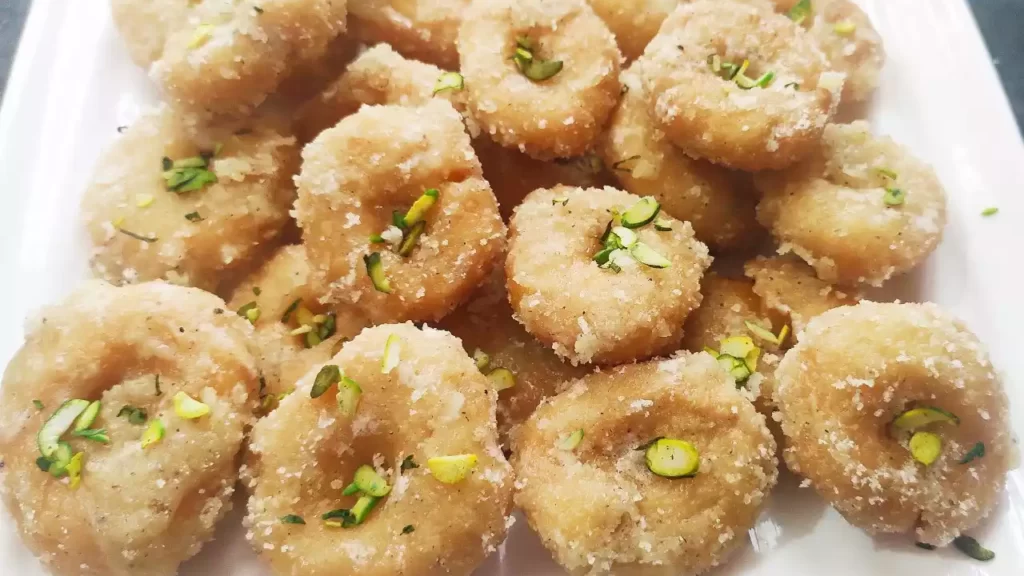
Ghee, or clarified butter, is also a key ingredient in balushahi. While ghee has a high smoke point and is considered a healthy fat, it is still high in saturated fat and calories. Consuming too much saturated fat can increase the risk of heart disease, so it is important to consume ghee in moderation. Sugar is the final key ingredient in balushahi, and it adds a significant amount of sugar to the recipe. Excessive sugar intake has been linked to a variety of health issues, including obesity, diabetes, and tooth decay. It is important to be mindful of the amount of sugar in balushahi, as well as other sources of added sugars in the diet.
In conclusion, while balushahi is a delicious treat, it is important to consider the nutrition of this sweet and how it fits into a healthy diet. By choosing whole grain flour, reducing the amount of ghee, and using natural sweeteners, it is possible to make balushahi a healthier choice. As with any indulgence, it is important to consume balushahi in moderation and balance it out with healthier choices. Overall, balushahi is a delicious and enjoyable treat that is easy to make at home and has some potential health benefits. If you are a fan of Indian sweets, give this recipe a try and see for yourself why balushahi is a popular choice among sweet lovers.


